Exhibition dates: 11th October 2008 – 25th January 2009
O. Winston Link (American, 1914-2001)
Hot Shot Eastbound, at the Iaeger Drive-In. W.V. Aug. 2, 1956
1956
Gelatin silver print
O. Winston Link/© Conway Link
Courtesy of the O. Winston Link Museum
Link pasted the plane into the negative at a later stage
I have to admit to a very large amount of admiration for this photographer. He is brilliant, simply the best photographer of trains and their cultural surrounds that the world has ever seen. He persevered within his photographic projects through thick and thin. I feel a special affinity toward this man as I love trains, planes, ships and trucks (although I am yet to use trains in my work).
As with all great photographers he pursued his goals with passion, a unique eye and the ability to produce a ‘signature’ photograph that could only be his. His photographs are timeless remembrances of the history and culture of the era. The above image combines all the elements of 1950s America – the drive in, the couple, the speed, the convertible car, night and the ambiguous slightly sinister rocket like plane. Planes, trains and automobiles are the stuff of legend for me, a child of the 1950s. The lighting of the train is incredible, with rows of flash set off at just the right moment. The precision and skill to do this and the resulting tableaux have few equals. When I first saw this image I was amazed and still am today!
O. Winston Link had a deep respect for the people and machines he was photographing – capturing a vanishing world before it all but disappeared. Thank god there was someone with vision and foresight to accomplish this task so that these incredible and indelible images will forever transcend the time in which they were taken, to give joy to the people that look at them.
Dr Marcus Bunyan
.
Many thankx to the George Eastman Museum for allowing me to publish the photographs in the posting. Please click on the photographs for a larger version of the image.
O. Winston Link (American, 1914-2001)
Maud Bows to the Virginia Creeper, Green Cove, Virginia, October 27, 1956
1956
Gelatin silver print
15 1/2 x 19 3/8 in. (39.37 x 49.21cm)
O. Winston Link/© Conway Link
Courtesy of the O. Winston Link Museum
The Abingdon Branch of the N&W led Link to another approach in his documentation of the railroad. Since the trains did not run at night, all of the images had to be made in daylight, making this branch the source of many of his genre scenes and colour images. The branch was short but steep, including the highest point of any passenger train in the east. With top speeds of 25 mph, it earned the nickname “Virginia Creeper.”
Link found the slow pace and setting the most bucolic of the entire N&W system. He wrote, “There was beauty at every curve and every bridge.” The line crept by cascading waterways and across high wooden trestles. Although the entire branch was abandoned in 1978, the railbed has since become a hiking trail, with Green Cove the only station remaining and restored to the look of this photograph.
Text from the Akron Art Museum website
O. Winston Link (American, 1914-2001)
“Giant Oak,” Max Meadows, Va., Dec. 30, 1957
1957
Gelatin silver print
O. Winston Link/© Conway Link
Courtesy of the O. Winston Link Museum
Ogle Winston Link, known commonly as O. Winston Link, has been revered by many as the most important railroad photographer of all time. He is best known for his black-and-white photography and sound recordings of the last days of steam locomotive railroading in the United States in the late 1950s. A true American master, Link produced night-time photographs of the railroad over a five-year period that ended when the last steam locomotive of the Norfolk & Western Railway was taken out of service in May 1960.
This exhibition features more than 100 framed photographs as well as Link’s actual photographic and lighting equipment, plus his personal notebooks detailing set-ups, formulas, and exposure details.
Text from the George Eastman Museum website
O. Winston Link (American, 1914-2001)
NW1635, The Birmingham Special, arriving at Rural Retreat, Va.
1957
Gelatin silver print
O. Winston Link/© Conway Link
Courtesy of the O. Winston Link Museum
O. Winston Link (American, 1914-2001)
“The Birmingham Special Crosses Bridge 201,” near Radford, Va., Dec. 17, 1957
1957
Gelatin silver print
O. Winston Link/© Conway Link
Courtesy of the O. Winston Link Museum
O. Winston Link (American, 1914-2001)
“Second Pigeon Creek Shifter and Icicles,” near Gilbert, W.Va., March 16, 1960
1960
Gelatin silver print
O. Winston Link/© Conway Link
Courtesy of the O. Winston Link Museum
Unknown photographer
“Link Sets Up Two View Cameras at Bridge 8,” Watauga, Va., Nov. 1, 1957
1957
Gelatin silver print
Thomas H. Garver/© Conway Link
Courtesy of the O. Winston Link Museum
George Eastman Museum
900 East Ave, Rochester, NY 14607, USA
Opening hours:
Wednesday – Saturday 10am – 5pm
Sunday 11am – 5pm
Closed Mondays and Tuesdays








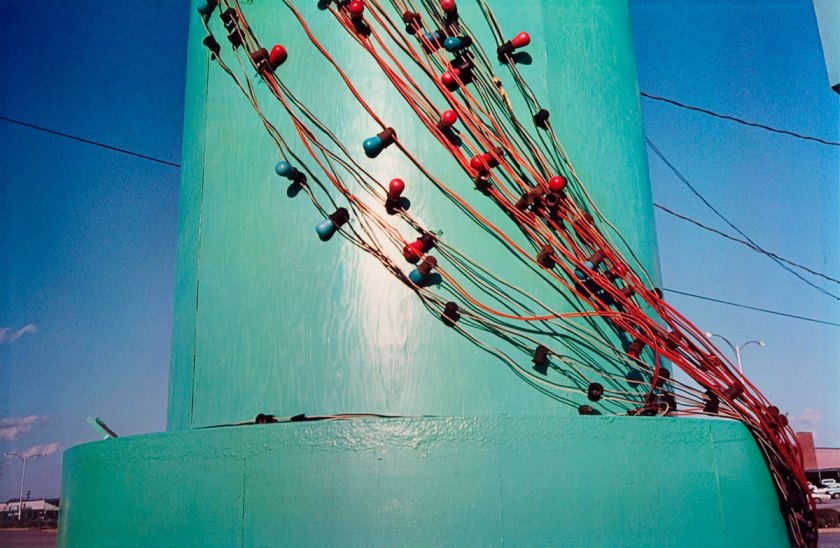

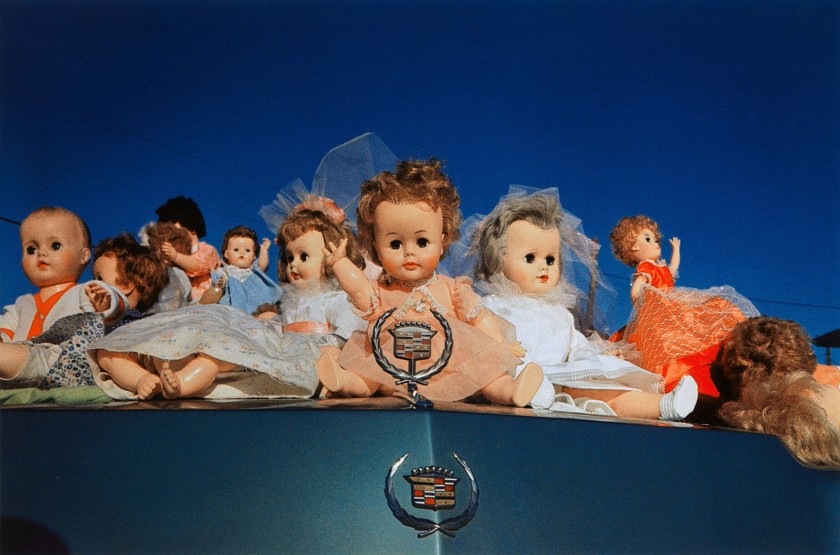



















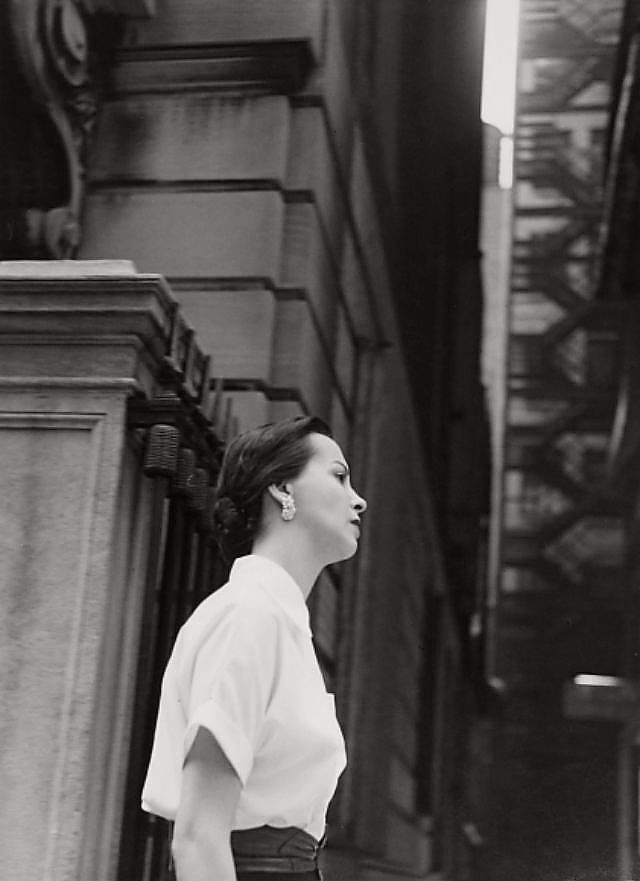


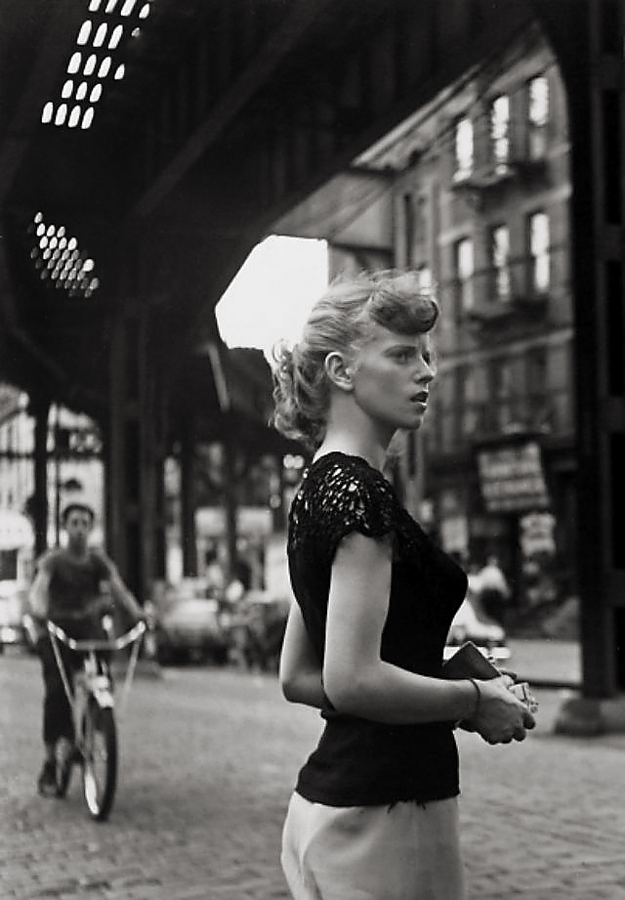



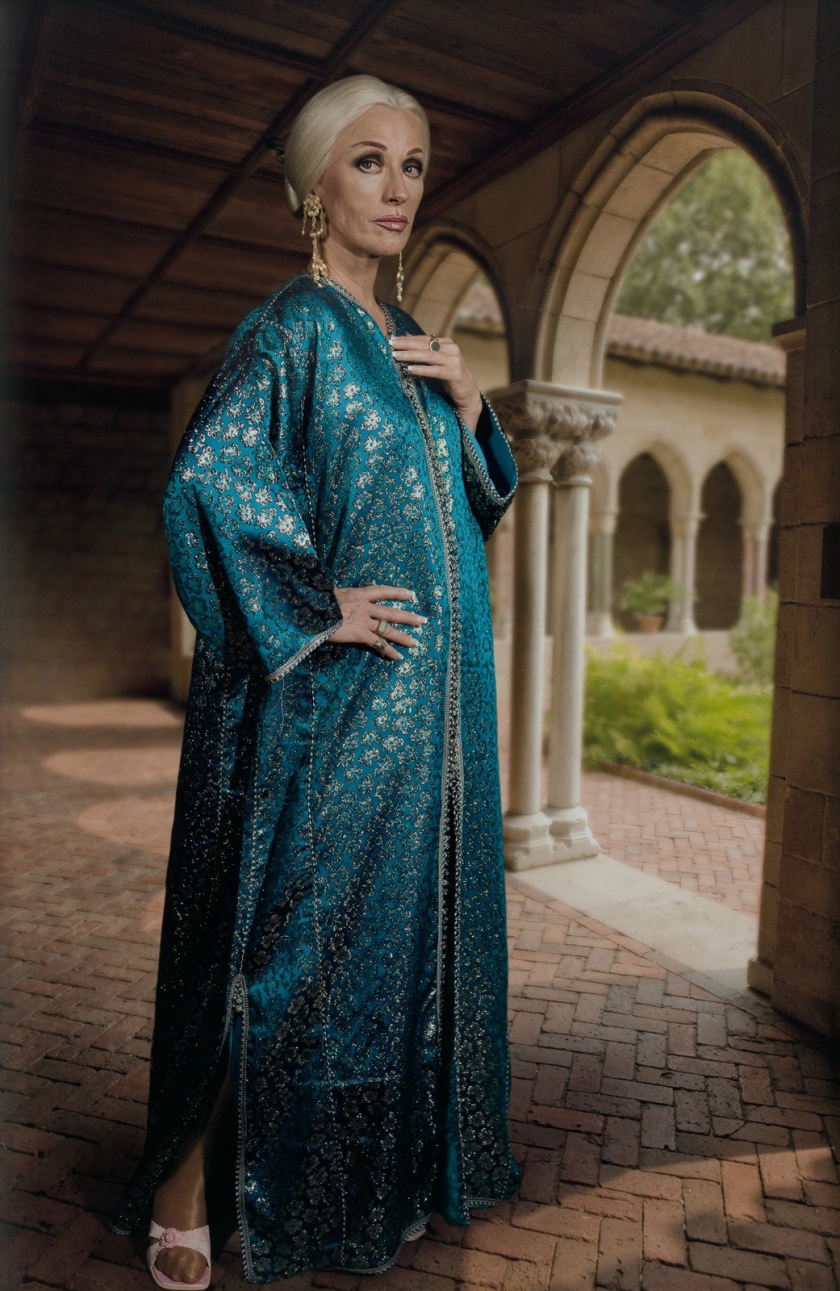
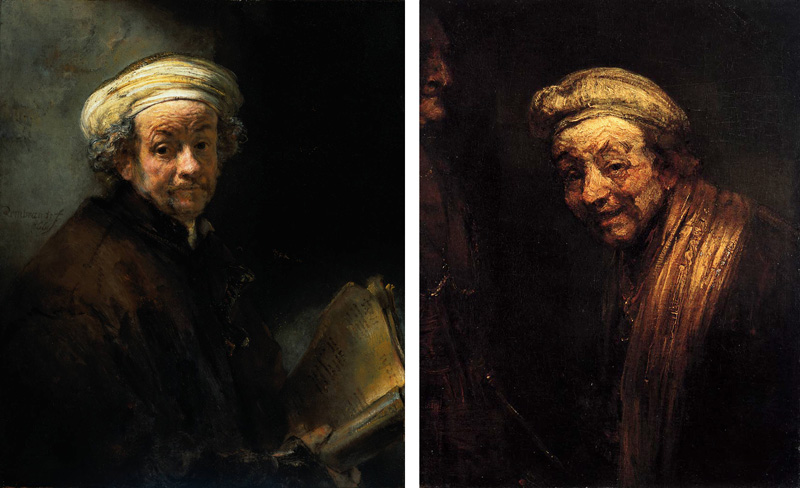


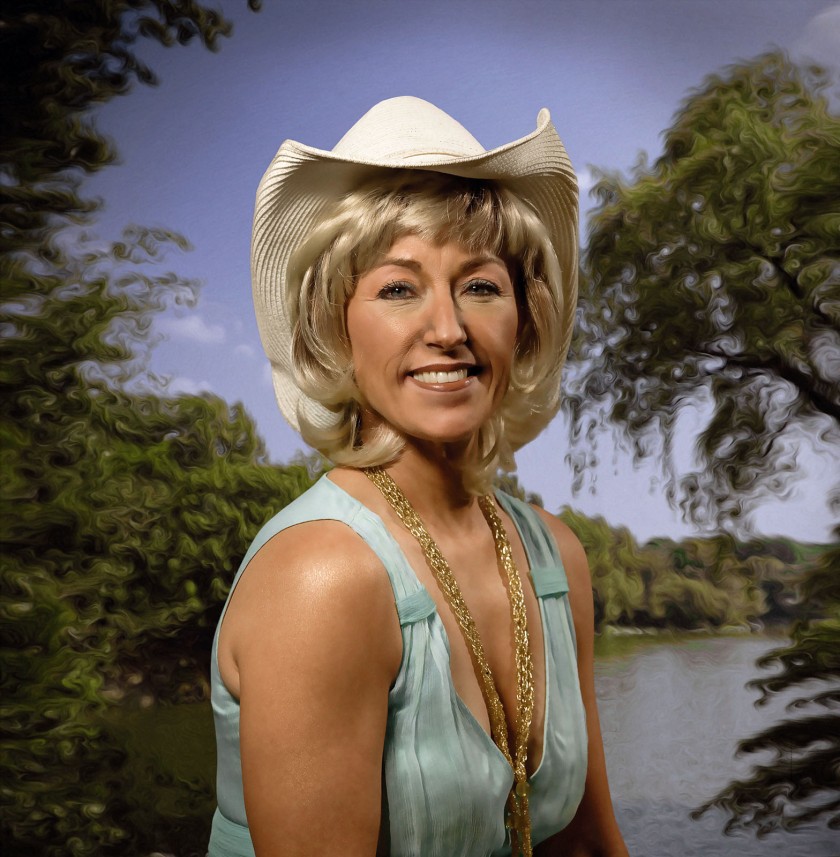
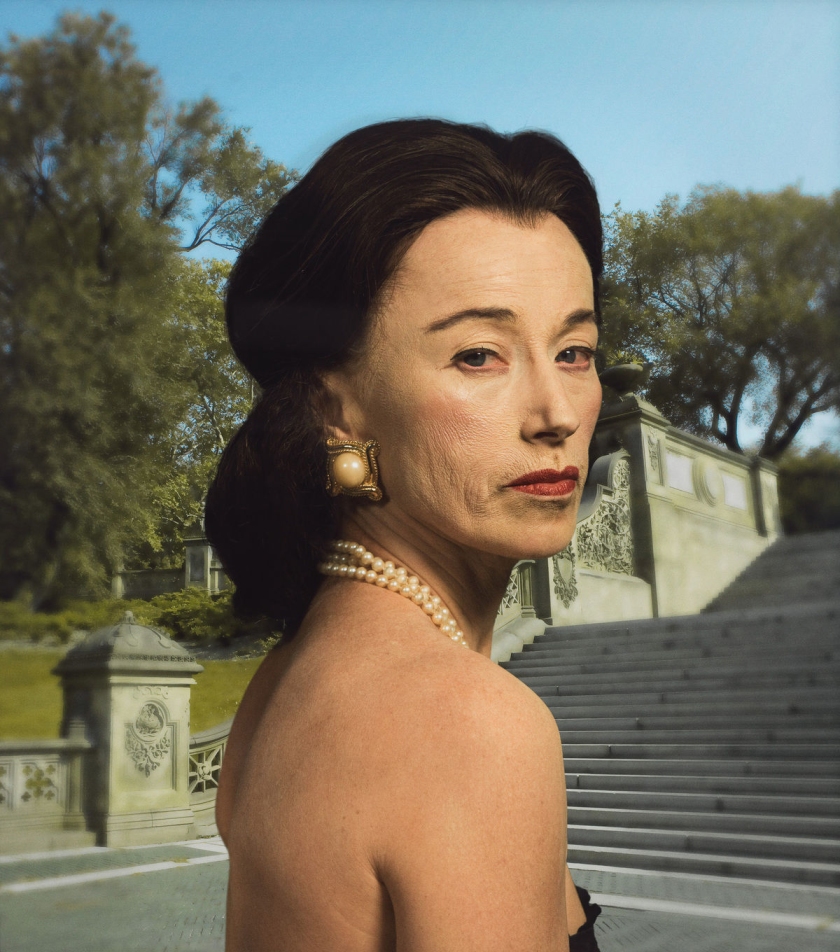

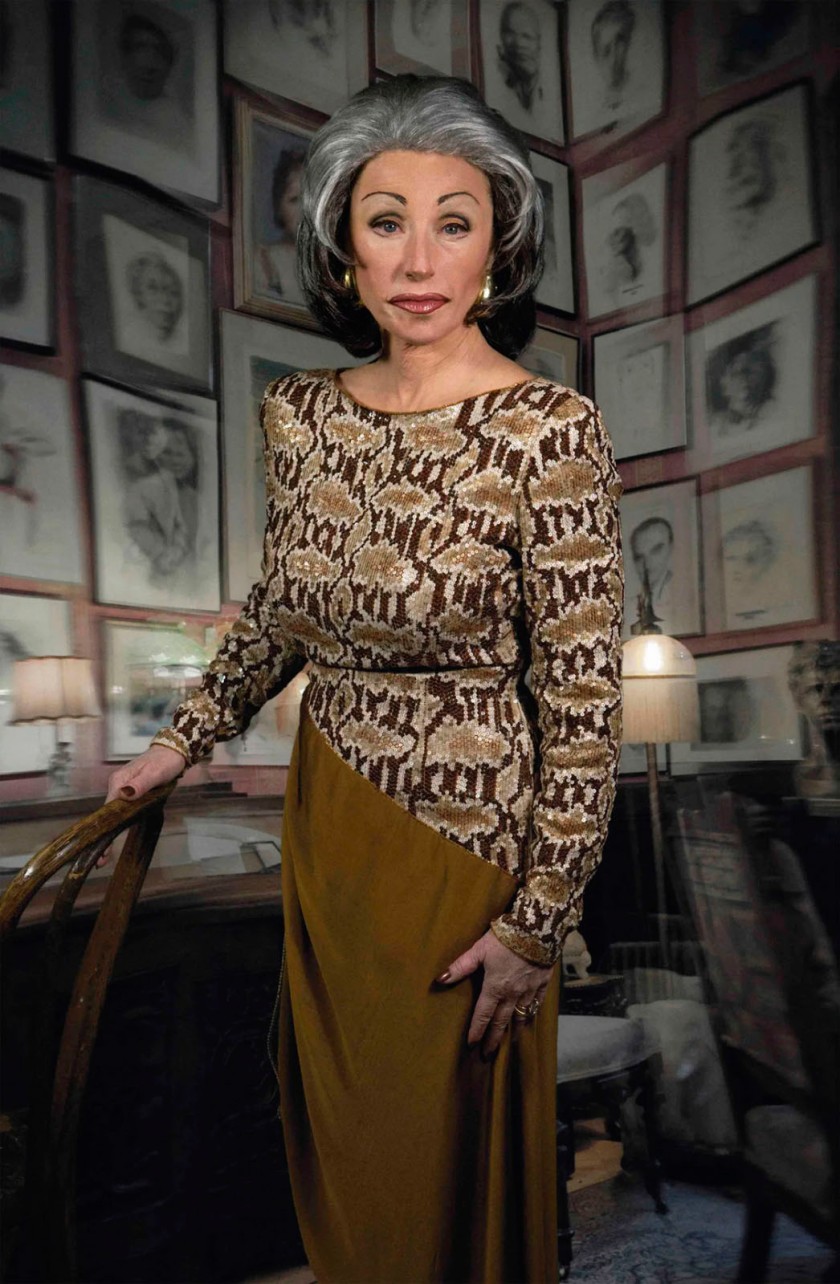








You must be logged in to post a comment.